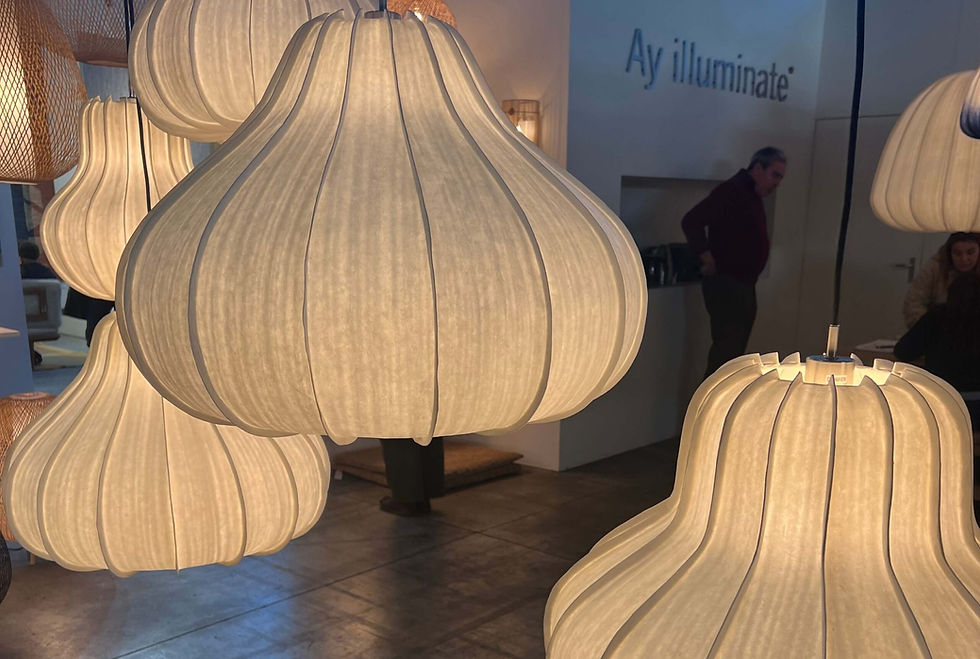Pros and Cons of using Natural Paint in your renovation
- Absolute Project Management
- Oct 6, 2023
- 3 min read
The type of paint and finishes used when decorating your home can have an impact, not only on the environment, but also your health – we find that many of our clients haven’t previously considered this.
Natural paints, made from minerals, graphene and even milk, are a great way to cut down the chemicals within your home. Thankfully there are lots of developing new brands that are championing these choices.

Natural paints and human health
VOC (Volatile Organic Compounds) are found in most regular paints, these let off gasses into the environment, not only whilst being applied but also for month, even years, later.
With energy efficiency being such a key factor to consider when designing homes, not only for the long-term cost savings, but also given the UK government’s target to be net zero by 2050, buildings are now being built/ renovated with more insulation (good) and therefore have less airflow (sometimes, bad). Ventilation should always considered when renovating, but it’s also worth thinking about the toxins that may be being released from the materials used in the interiors, now these have less chance of escaping.
‘Natural’ paints should be virtually VOC free so are better for air quality and therefore our health, than ‘standard’ paints. You can read about the various ways to renovate in a greener way in our previous blog here.

Natural paints and the environment
Not only are these paints better for our health, they also can also reduce our impact on the environment. Many regular paints contain acrylic (37% plastic and plastic polymer as the binder) and are one of the largest contributors to microplastics in oceans and waterways, whereas natural paints are mostly plastic free.
Natural paints, as the name implies, should be made from natural minerals and materials that biodegrade if/ when leaked into the environment.
Leakage into the environment can occur at all stages of the paint’s life – production, application, (especially if being spray painted), disposal of tins/tools, wear and tear and at the end of its life at removal stage.

Natural paints – how practical are they?
Whilst we think properly natural paints are great, and a good step towards a more sustainable future, they do come with their downfalls.
Moisture and water resistance – Clay and mineral based paints deal really well with moisture as they are naturally breathable and can help to prevent mould in humid area, but are not suitable for areas that will get physically wet, such as showers. In some cases a (natural) glaze can be add for extra protection.
This also means they can sometimes be harder to clean – so may not be advisable for areas with high traffic.
Cost – As with a lot of environmentally friendly products, unfortunately natural paints usually come at a higher price point than your standard emulsion. However, in some cases, natural paints (claim to) need fewer coats than standard paints so while the price per tin may be more, you may need a smaller volume of the paint itself.
Resistance/Longevity – Traditional lime based paints, which were used before acrylic paints became popular, often don’t last as long as their modern counterpart. Some finishes of natural paints are less durable than others so we suggest choosing the finish, as well as the colour, with care.

In summary, natural paints could play a part in solving air quality issues and release of harmful substances so are a great option If you’re looking to decorate your property in a responsible way, but be sure to choose carefully depending on the area you’re having painted.
At APM we’re happy to discuss the use of natural paints on your next project and can work with you to implement them in the right way – if you need help with your renovation in London or Brighton, don’t hesitate to contact us now.


